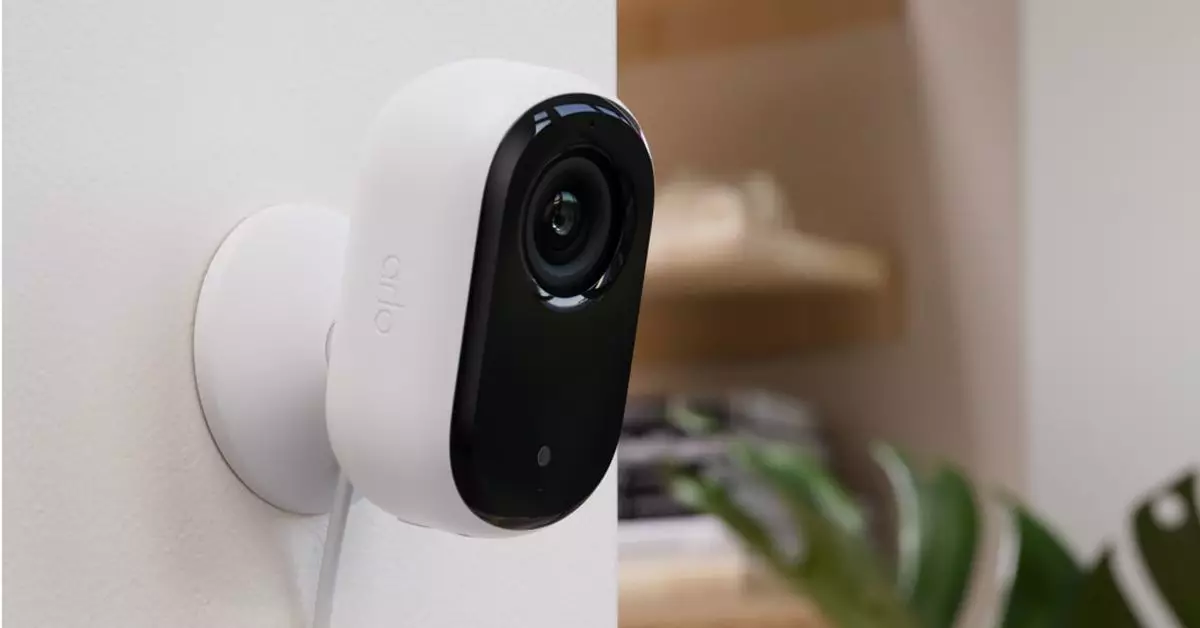Arlo Technologies recently announced significant increases in its monthly subscription fees for the Arlo Secure cloud storage plans, introducing changes that have concerned many of its users. The fees for managing recordings from a single camera have jumped from $7.99 to $9.99, while an unlimited-camera plan now costs $19.99 instead of the previous $17.99. This marks a more than threefold increase from the initial price of $2.99, which Arlo previously offered to its customers for the basic cloud storage service. This shift in policy raises questions about the company’s pricing strategy and the underlying motivations for such a steep increase.
As Arlo rolls out these adjustments, it has rebranded its lower-tier plans under a new name—Secure Plus—effectively diminishing the value perception of existing offerings. Many users who have been loyal to the brand may feel disappointed by what could be perceived as a decrease in value as they face increased prices without a proportional rise in basic service benefits. The dramatic rise relative to the cost of living and competitive alternatives in the smart home domain may not sit well with consumers actively assessing their options.
With the new pricing structure, Arlo is simultaneously introducing a range of AI-driven features that could justify the cost for some users. Among these is the ability to tag specific individuals or vehicles, allowing for personalized notifications whenever those entities are detected. Likewise, the functionality to detect specific events—like garage door openings and sprinkler activations—stands out as a practical enhancement. Furthermore, the company has expanded its recording retention policy, now offering 60 days of storage instead of the previous 30. These changes could appeal to customers who prioritize advanced smart home management tools and are willing to pay a premium for them.
In light of the price hikes, Arlo has presented users with some possibilities to maintain their original rates by shifting to an annual billing cycle. For the devoted customer base, this can be a double-edged sword; while this option allows them to preserve pricing, it also requires a larger upfront expense. To further complicate matters, users opting out of subscriptions can revert to using Arlo Base Stations and SmartHub devices for free storage options. However, doing so may limit access to the very features drawing users to the subscription model in the first place.
Arlo’s recent subscription adjustments represent a classic case of a tech company trying to balance increased operational costs with user expectations. While the introduction of new features could create a compelling case for staying with the service, the significant price rise poses a threat to customer loyalty. As competitors in the smart home sector continue to innovate, how well Arlo navigates this tumultuous landscape remains to be seen. Ultimately, customers will need to assess whether the enhanced offerings are worth the increased cost, or whether they will seek more affordable alternatives in a crowded market.


Leave a Reply